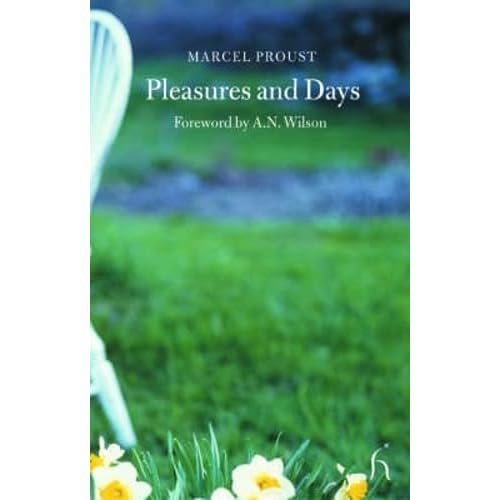Reading List

 I kept a running list of the books I read in 2006 and arranged them in approximate categories, beginning with Arts and Crafts
I kept a running list of the books I read in 2006 and arranged them in approximate categories, beginning with Arts and Crafts
Some of these books are old friends I had occasion to visit during the year, either for reference or just because I find them so valuable and/or useful they are worth re-reading.
M.C.Richards: Centering in Pottery, Poetry and the Person (Out of print and apparently unavailable.) Published in 1962. Re-reading this is pure 1960s nostalgia and yet, and yet... how much of what she says is still true, particularly about the true meaning of education.)
Jonathan Holstein: The Pieced Quilt. An American Design Tradition
Bets Ramsey,Merikay Waldvogel: Southern Quilts. Quilts of the Civil War
Faun Valentine: West Virginia Quilts and Quiltmakers
Carla Needleman: The Work of Craft
Suzi Gablik: The Re-Enchantment of Art
Anne Truitt: Daybook. The Journey of an Artist
Henry Glassie: The Spirit of Folk Art
Garard Degeorge and Yves Porter: The Art of the Islamic Tile
Biography
Richard Holmes: Coleridge –. VolI: Early Visions. Vol.II: Darker Reflections
Hilary Spurling: Matisse. The Master (Two Volumes)
Molly Hughes: A London Childhood of the 1870s (Persephone)
Etty Hillesum: An Interrupted Life. Diaries and Letters (Persephone)
Geoffrey Wainwright: Lucy Duff Gordon
Iris Irigo: The Last Attachment. The Story of Byron and Teresa Guiccioli
John McGahern: Memoir
Claire Tomalin: Samuel Pepys. The Unequalled Self
Philip Callow: Lost Earth. A Life of Cezanne
Travel
A.W. Kinglake: Eothen.
Robert Byron: to OxianaThe Road
Lit. Crit.
Louis McNeice: The Poetry of W.B.Yeats. (“..for existence is still existence, whether the tense is past or future.” “..the poet is a specialist in something everyone does.”
Novels
Norah Hoult: There Were No Windows. (Persephone)
Dorothy Whipple: They Were Sisters. (Persephone)
Kashuo Ishiguro: Never Let me Go. The Remains of the Day. When We Were Orphans. An Artist of the Floating World.
Colm Toibin: The Master (Fictionalised account of later years in the life of Henry James)
Lionel Shriver: We Need to Talk About Kevin
Pat Barker: Double Vision
Michael Frayn: Spies
Noel Streatfield: Saplings (Persephone)
Sebastian Barry: A Long, Long Way
Khaled Hosseini: The Kite Runner
Kay Smallshaw: How to Run Your Home Without Help (Persephone)
Ian Mckewan: The Cement Garden
Alan Hollinghurst: The Line of Beauty
Alexander McCall Smith: Portuguese Irregular Verbs. The Finer Points of Sausage
Dogs. At the Villa of Reduced Circumstances. (Trilogy)
Laura Graham: The Unfortunates
Patrick Gale: Rough Music
Robert Edric: Gathering the Water.
Carol Shields: Larry’s Party
Marina Lewycka: A Short History of Tractors in Ukrainian
Louise Erdich: The Master Butcher’s Singing Club
Nicola Kraus: The History of Love
Niccolò Ammaniti: I’m Not Scared
Some All-time Favourite Books
Andre Gide: La Porte Etroite. Les Nourritures Terrestre (Translated by Dorothy Bussy as Straight is the Gate and Fruits of the Earth
Proust: A La Recherche du Temps Perdus (In the translation by Scott Moncrieff. I’ve tried some of the contemporary translations but go back to Scott Moncrieff as being, perhaps, less literal, but more true to the spirit of the book.)
Ford Maddox Ford: The Good soldier
Tolstoy: Anna Kerenina
M.C.Richards: Centering in Pottery, Poetry and the Person (Out of print and apparently unavailable.)
Jonathan Holstein: The Pieced Quilt. An American Design Tradition
Carla Needleman: The Work of Craft
Anne Truitt: Daybook. The Journey of an Artist
T.C.McCluhan: Touch the Earth
Henry James: What Maizie Knew. Portrait of a Lady
Flora Annie Steel: The Garden of Fidelity
Edith Wharton: The House of Mirth
Jonathan Holstein: The Pieced Quilt. An American Design Tradition













